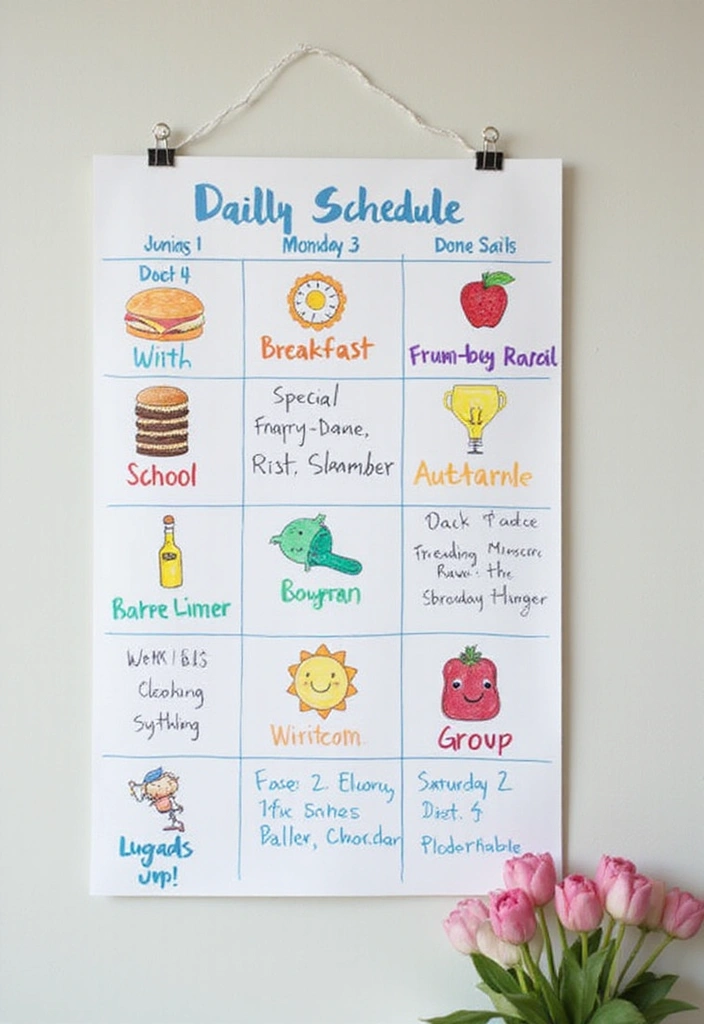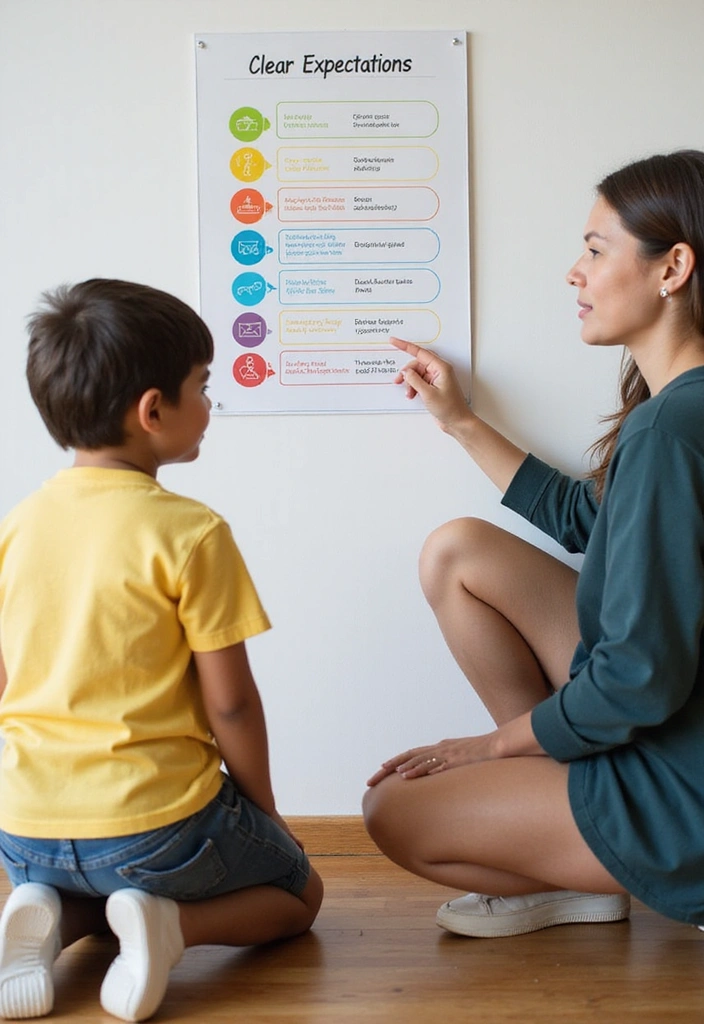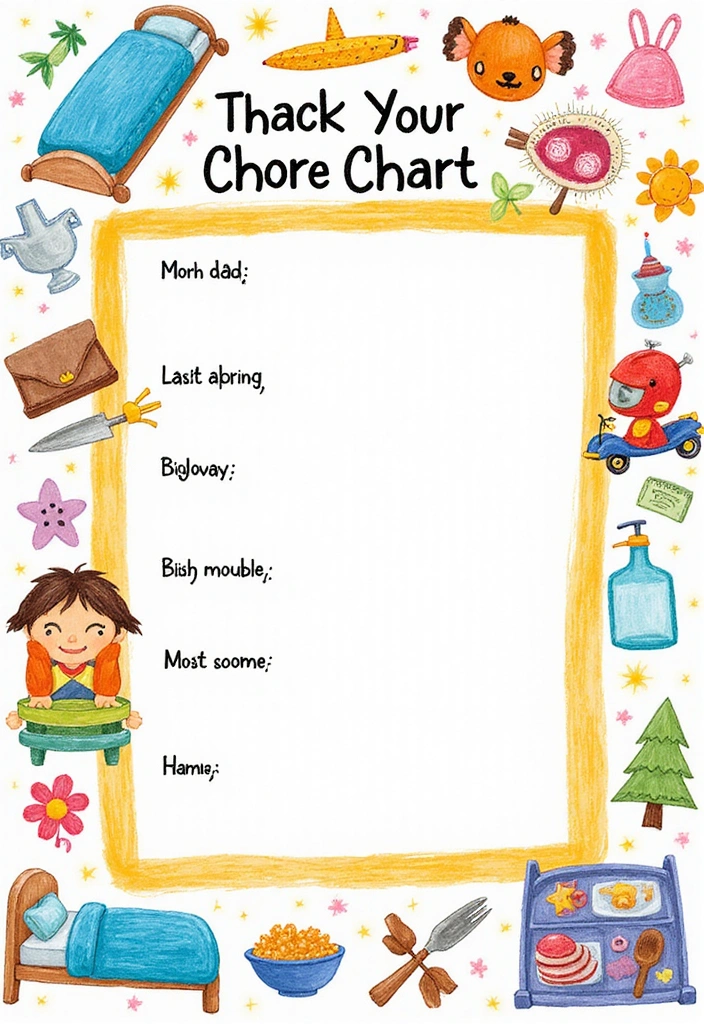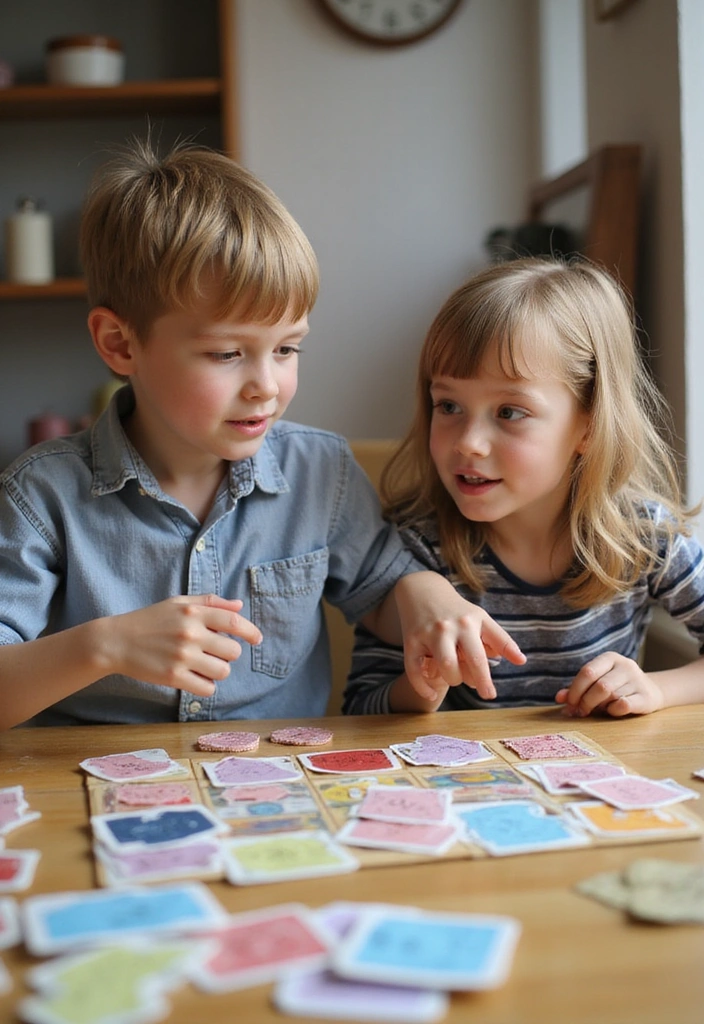Tired of repeating yourself? Discover 12 highly effective discipline techniques that will genuinely make your kids listen. Transform behavior and enjoy a calmer home – #4 is a game-changer!

Every parent knows that getting kids to listen can be a huge challenge. Whether they’re throwing tantrums at the grocery store or ignoring your pleas for them to clean their room, it can feel like you’re speaking a different language.
Discipline doesn’t have to mean punishment or scolding; it can be about teaching and guiding. The goal is to instill good behavior while fostering a loving relationship with your child.
In this list, we’ve gathered 12 effective discipline techniques that are not only practical but can also make a difference in your parenting approach. Get ready to explore innovative ways to connect with your children and enhance their listening skills. Are you ready? Let’s jump into these creative strategies!
1. Positive Reinforcement

Instead of focusing solely on negative behaviors, emphasize what your child does right. Positive reinforcement involves rewarding good behavior with praise or small rewards. This technique can motivate children to repeat desired actions.
For instance, if your child helps clean up their toys without being asked, celebrate that moment! A simple “I saw how you helped today; I’m so proud of you!” can make a big difference.
for positive reinforcement:
– Keep it simple; even a smile can go a long way.
– Use a sticker chart for younger kids to track good behavior.
– Schedule fun activities as rewards, making them something to look forward to.
By creating an encouraging environment, you’re setting the stage for better listening skills.
2. Time-Outs for Reflection

Time-outs aren’t just about punishment; they’re a chance for kids to cool down and reflect on their behavior. Instead of sending them to their room, create a calm corner with a comfy chair and soft toys.
When your child misbehaves, guide them to this space where they can regroup. This technique teaches them self-regulation and gives them time to think things through.
Consider these strategies for effective time-outs:
– Limit the time to one minute for each year of age.
– Explain why they’re in the time-out zone.
– After time is up, discuss what happened and how to handle it next time.
This practice can help kids process their feelings and learn how to make better choices.
3. Consistent Routines

Kids thrive on routine; it gives them a sense of security and predictability. Establishing consistent daily schedules for mealtimes, homework, and bedtime can help reduce conflict and improve cooperation.
When children know what to expect, they’re more likely to listen and follow through with what’s required.
To create effective routines, try:
– Having a visual schedule they can check off.
– Keeping a consistent bedtime to ensure they are well-rested.
– Following the same morning routine to simplify getting out the door.
These small adjustments can lead to big improvements in how your child responds to requests.
4. Natural Consequences

Letting children experience the natural consequences of their actions can be a powerful lesson. For example, if they refuse to wear a coat on a chilly day, they might feel cold outside. This approach helps them learn responsibility and the impact of their choices.
However, it’s essential to ensure safety while teaching this lesson. Here’s how to implement natural consequences wisely:
– Discuss possible outcomes beforehand.
– Ensure the situation is safe for them to learn (e.g., no dangerous scenarios).
– Be supportive afterward, helping them reflect on what they learned.
This can teach empathy and critical thinking skills while reinforcing that their choices matter.
5. Setting Clear Expectations

Kids need to know what’s expected of them. Setting clear, age-appropriate expectations can help reduce misunderstandings and conflicts. Instead of vague phrases like “be good,” try specific instructions.
For example, say, “Please put your shoes away after you take them off,” instead of just saying, “Clean up.”
Here are tips for establishing clear expectations:
– Use simple language.
– Be consistent with what you ask.
– Reinforce these expectations regularly, and practice them in everyday situations.
When kids understand what you want, they are more likely to listen and comply.
6. Active Listening

Modeling active listening skills not only helps children feel heard; it also teaches them to listen to others. When your child talks, give them your full attention: make eye contact, nod, and reflect back what they say.
This technique fosters communication and creates a respectful atmosphere where listening is valued.
To practice active listening:
– Repeat back what your child says to show you understand.
– Ask follow-up questions to demonstrate your engagement.
– Encourage them to express their feelings openly.
By being a good listener, you inspire your children to do the same.
7. Role-Playing Scenarios

Role-playing can be a fun way to teach children appropriate responses to various situations. Whether it’s dealing with a bully or deciding how to handle disappointment, acting out scenarios can provide them with practical skills.
By creating a safe space to explore these situations, kids can learn problem-solving techniques in a playful environment.
Here’s how to role-play effectively:
– Choose relevant scenarios your child might face.
– Encourage them to express their feelings during the role-play.
– Discuss what worked or what could’ve been done differently afterward.
This method helps children develop empathy, think critically, and practice their social skills.
8. Use of Visual Aids

Children often respond well to visual aids, which can make instructions more engaging and memorable. Consider using charts, drawings, or even apps that represent rules or tasks visually. This approach caters to different learning styles and can enhance understanding.
For example, create a chart for daily chores with fun visuals for each task.
Here’s how to effectively incorporate visual aids:
– Make them colorful and appealing to grab attention.
– Use photos or drawings to illustrate steps clearly.
– Involve your child in creating them for ownership.
Visual aids can simplify instructions and make discipline feel less daunting.
9. Family Meetings

Gathering your family for regular meetings can foster open communication and teamwork. These meetings can be a space for discussing rules, planning activities, and addressing any concerns. By involving children in decision-making, you empower them and encourage listening.
To have effective family meetings:
– Keep it informal and fun; maybe have snacks.
– Create an agenda so everyone knows what to expect.
– Allow everyone, including younger kids, to share their thoughts.
These gatherings not only build stronger family bonds but also help children feel valued and respected.
10. Modeling Behavior

Children learn a lot from observation. If you want your kids to listen and behave well, model the behavior you wish to see. Show them how to respond to frustration, communicate kindly, and manage anger.
For example, instead of yelling when upset, demonstrate calm communication.
Here’s how to model effectively:
– Be mindful of your reactions and language.
– Share your feelings openly; it teaches them to do the same.
– Encourage positive habits by discussing what you’re doing right.
By being a role model, you set a strong foundation for your child’s behavior.
11. Encourage Problem-Solving

Instead of immediately stepping in to solve conflicts for your kids, encourage them to think critically and find solutions themselves. This approach fosters independence and accountability.
When a disagreement arises, ask guiding questions like, “What do you think you can do to resolve this?”
To promote problem-solving skills:
– Give them choices to explore different solutions.
– Allow them to express their feelings and thoughts.
– Celebrate their efforts, even if the outcome isn’t perfect.
This can boost their confidence and decision-making abilities while enhancing their listening skills.
12. Stay Calm and Collected

One of the most important aspects of discipline is your demeanor. Remaining calm during conflicts sets a positive example for your child. If you stay collected, they are more likely to respond similarly.
When tensions rise, take a moment to breathe deeply and gather your thoughts before responding.
Here are ways to maintain your calm:
– Practice deep breathing techniques when feeling overwhelmed.
– Take breaks when needed; it’s okay to step away for a moment.
– Remember, your reactions can set the mood for the entire situation.
By embodying a calm presence, you teach your children how to handle their emotions effectively.
Here We Go

Discipline can feel daunting, but it’s also an opportunity to strengthen your relationship with your child. By implementing these effective techniques, you’re not just teaching them how to listen—you’re equipping them with valuable life skills.
Remember, every child is different, so be flexible and patient as you try out these strategies. Encourage open dialogue, and most importantly, keep the love flowing!
Your journey in parenting is unique, and with these techniques, you’ll create a nurturing environment where both you and your child can thrive.







